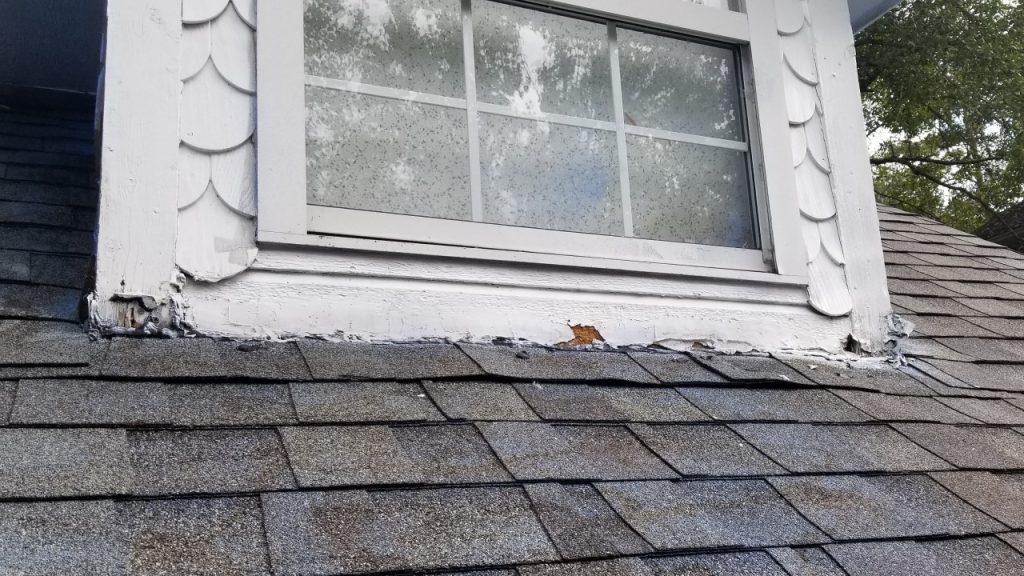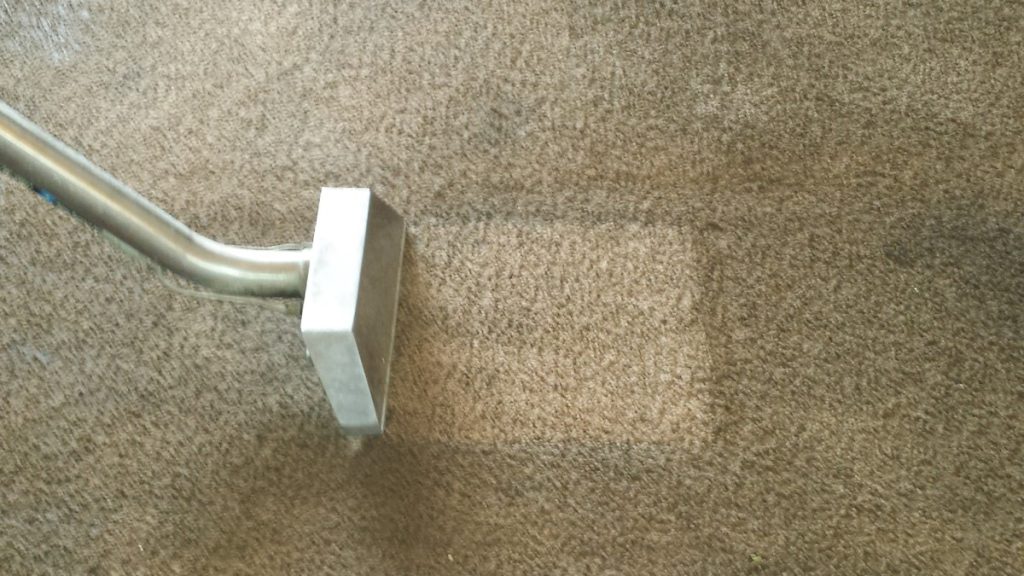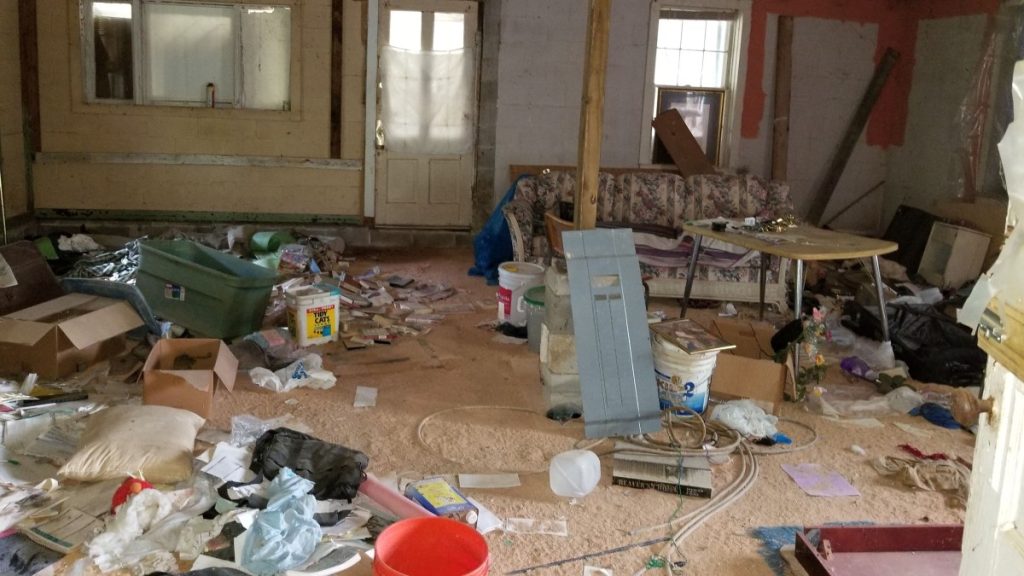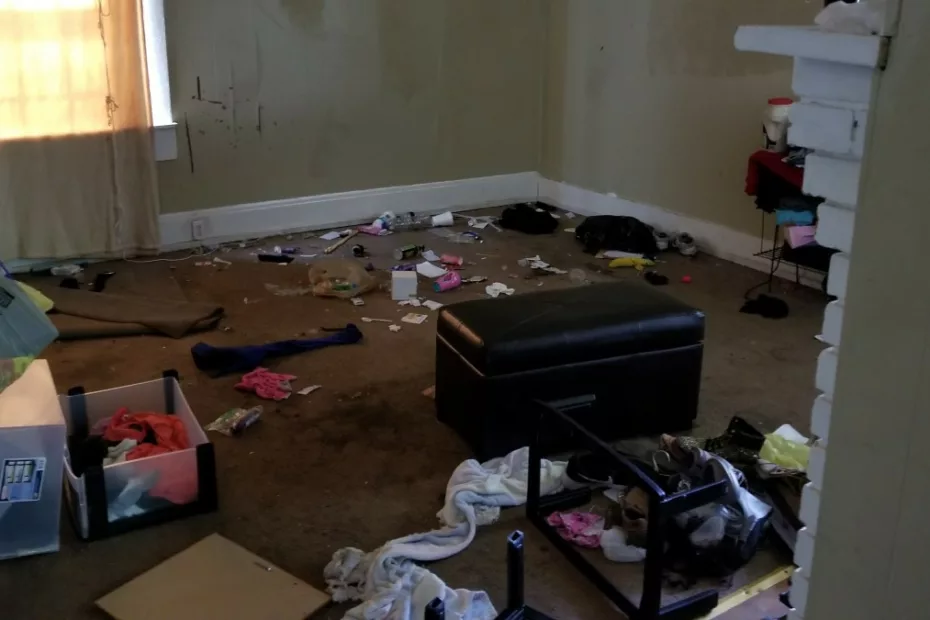Carpets are a source of stress for tenants and landlords. Who is responsible for stains, rips, and burn marks on the carpet in a rental home? I can answer that. I have been a landlord for over 15 years, and I’ve paid for many carpet installations, charged a tenant for a carpet replacement, and even been to court for carpet problems. I will let you know if a landlord charge for carpet replacement
A landlord can charge a tenant for carpeting damaged intentionally or due to neglect. The carpet’s value must be depreciated in most cases, and the landlord cannot capture the total replacement cost. A landlord cannot charge a tenant for everyday wear and tear to carpeting.
I provided a simple answer, but this is not a simple question. Before deciding how much, if any, a property manager can charge for carpet damage, we must evaluate many factors. In this article, I’ll teach you everything you need to know about who pays for carpet damage. If you are interested in other types of damage, I’ve detailed everything in my guide to what damages the landlord can charge.
What can a landlord charge for?

In general, the landlord can charge for any damages caused by the tenant intentionally or through neglect. They are not allowed to charge for everyday things that happen to a house as it ages or from the expected result of people living there. This list of items a landlord can charge for includes stained flooring, holes in the walls, past due rent, and even cleaning for excessive filth. The table below shows some things a landlord can charge you for.
| Broken doors | Cracked floor tiles |
| Broken Windows | Damage to carpets |
| Broken Fixtures | Excessive filth on stove or oven |
| Clogged drains caused by misuse | Pest control |
| Clogged toilets, caused by misuse | Removing paint applied by the tenant |
While a landlord can charge for these items, the damage must be beyond normal wear and tear. In most areas, the landlord must properly notify the tenant of the charges. These charges can be billed while the tenant is still in residence, withheld from the tenant’s security deposit, or after the tenant moves out. Sometimes, a landlord must go to small claims court to sue for unusual damage. If legal action takes place, both parties should get sound legal advice.
What can a landlord not charge for?

A landlord is typically not allowed to charge a tenant for items that are considered normal wear and tear. They are allowed to charge for any intentional damage to the property from the tenant or their guests. While this is difficult to define, some things generally regarded as normal wear and tear are faded paint, smoke detector batteries, and furniture marks on the wall. The table below shows some of the things that are considered normal wear and tear.
| Broken plumbing, not caused by misuse | Faded wallpaper |
| Broken lightbulbs | Small holes in the wall from picture hanging |
| Dirty curtains | Warped interior doors |
Most items a landlord can not charge for are minor damage caused by normal wear and tear. Determining where normal wear and tear ends and excessive wear begins can be challenging. For example, a few nail holes in a wall are acceptable, but large holes may result in a charge.
What is normal wear and tear for carpets?

Normal wear and tear for carpet is the gradual deterioration that occurs over time with everyday use, such as matting, thinning, or fading. It may also include minor staining or discoloration that cannot be removed through reasonable cleaning efforts.
However, excessive damage or staining to the carpet may not be considered normal wear and tear. This can include large stains, tears, burns, or odors that cannot be removed with reasonable cleaning efforts. In addition, pet urine and other damage caused by pets are not considered normal wear and tear.
Determining whether damage to the carpet is normal wear and tear can be subjective. The condition of the carpet may depend on factors such as the quality and age of the carpet, the length of the tenancy, and the number of occupants and pets in the rental unit. The landlord and the tenant need to document the carpet condition at the beginning and end of the lease term. The carpet condition should be noted on the rental agreement.
Can a landlord charge for carpet replacement?

The short answer is yes. A landlord can change the tenant for carpet, or other flooring damage, in excess of normal wear and tear. The specifics may be noted in the lease agreement signed when the new tenant moves in.
For example, if the carpet has a large stain, the landlord must first attempt to clean the stain. If the spot can be cleaned, the property owner may charge the tenants for the cleaning costs. If the problem area cannot be cleaned, even by a professional carpet cleaner, the landlord can charge the tenant for the carpet.
When charging a tenant for a carpet, the landlord cannot charge the full price. Instead, they must charge a depreciated amount for the tenant based on the age and condition of the carpet when the tenant moved in. If the carpet is nearing the end of its useful life when the tenant moves in, it’s not reasonable to change the full replacement cost, even when they caused the property damage. For example, if the carpet is ten years old and the tenant tore a part of it, the landlord can only charge the reduced value of the 10-year-old carpet and not the full cost to recarpet the house.
In most cases, the landlord cannot charge for an entire carpet replacement when the damage is confined to a small area. Sometimes, the property owner must attempt to replace the smallest amount of carpet that makes sense. A lot of time, simply replacing a single room will suffice. In cases where matching patterns or colors cannot be found, charging for the entire replacement may be acceptable.
How Should a Landlord Charge for Carpet Replacement
When it comes to charging for carpet replacement, there are a few different factors that landlords should consider.
Determine Replacement Cost
The first step a landlord should take is to determine the replacement cost. The best way to do this is to get a quote for new carpet from multiple sources. Remember that this is the price for a full replacement and a starting point for charging the tenant. In most cases, a landlord cannot charge the tenant the total cost of new carpet.
Prorate the Cost to Replace the Carpet
The first step to prorate the carpet’s cost is to determine its age. The carpet loses value due to normal wear and tear, and the landlord cannot charge for this loss. The property manager must determine the carpet’s worth, at its’ current age, before the tenant caused the damage.
The IRS considers the carpet to have a useful life of 5 years. The landlord does not have to use the IRS guideline for damages, but it’s a good starting point. If the carpet is over five years old, its value was minimal before the damage, and it’s best not to charge the tenant.
If the carpet is less than 5 years old, follow these steps:
- Divide the cost of the new carpet by 60 months, giving you the monthly depreciation of the carpet.
- Multiple this monthly value by the number of months you have had the carpet, which tells you how much value the carpet has lost.
- Subtract this sum from the cost of the new carpet, and the result is the current prorated value.
Charge the tenant
The landlord should take pictures of the damaged carpet and bill the tenant the pro-rated amount. Send the tenant a bill, or include the damages when asking for a legal judgment. This amount can also be deducted from a tenant’s security deposit. Whatever method you choose, it’s best always to notify the tenant and explain how you arrived at the cost.
What to do when the tenant does not pay?

If you manage rental properties long enough, you will eventually encounter damage the tenant refuses to pay for. In fact, issues with a tenant paying anything are such a problem that I have written an entire article on dealing with a tenant that refuses to pay. When the tenant refuses to pay, and the costs exceed the security deposit amount, the only choice is to take legal action. Going to court is rarely worth the time, and it’s best if both parties can work out a compromise.
Even when the tenant refuses to pay for damages, a landlord can withhold all or a portion of the security deposit. Often, this is enough to cover minor damage, but more significant issues will cost more than most security deposits. Remember, if a landlord withholds a security deposit, they must adequately document and notify the tenant of the details.
If the tenant is being evicted, you can often receive a judgment for damages at the eviction hearing. In this case, ensure you thoroughly document the damage and show the carpet was in good condition when the tenant moved in. Note the damages and repairs when filing for eviction, and ask the judge for a judgment for damages.
If the tenant has already left the property, it’s more difficult to recover damages. In this situation, you must sue the tenant in small claims. Bring as much documentation as possible when going to court, but your success can never be assured. It’s best if you can resolve the problem without going to court.
As a long-time landlord, I have found that collecting damages after a tenant leaves is nearly impossible. It’s challenging to have damages awarded at a court hearing and even more difficult to collect any judgment you receive. It’s often more cost-efficient and less frustrating to deduct the charge from the security deposit and write off any additional cost.
When is the landlord responsible for replacing the carpet?

Landlords are responsible for providing a safe and inhabitable environment. As a result, the landlord may be responsible for replacing the carpet if it has become a safety hazard or makes the unit uninhabitable. Defining exactly what makes a rental property unsafe and unliveable is tricky and is often covered by state law. Generally speaking, carpet that is unsanitary or covered with mold are health hazards and will usually render a property unliveable.
When a carpet’s condition presents a health risk, the problem must be remedied within a reasonable time. In addition, carpeting that is ripped can become a safety issue. If these problems result from misuse, it’s unlikely that the landlord will be compelled to bear the replacement cost. However, when the problem is a safety issue, the problem must be addressed if the tenant stays in the house, regardless of where the fault lies.
In short, there are times when the cost of replacing the carpet falls on the landlord. Problems resulting when the carpet nears its life expectancy are the landlord’s responsibility. Conversely, if the carpet is in good condition when the tenant moves in, replacement costs are unlikely to be the responsibility of the landlord.
The laws in the property’s municipality often dictate the requirements for replacing carpets. Regardless of the area, the landlord will unlikely pay for carpet replacement for cosmetic reasons. If the tenant is unhappy with the color, or the texture of the carpet, the landlord is under no obligation to replace it.
Conclusion
Can a landlord charge for carpet replacement? Generally, a landlord is responsible for repairing problems resulting from ordinary wear and tear. Still, the tenant bears the responsibility when the problem is caused intentionally or through negligence. As for carpets, a landlord can charge for carpet replacement, repair, or cleaning when the problem results from tenant misuse or neglect. Conversely, the landlord must cover the cost when the issues result from normal wear and tear.
The landlord has few options when the tenant is clearly at fault but refuses to pay. They can withhold funds from the security deposit or take the tenant to court. Court actions are unpredictable and time-consuming, so it’s best for both sides to compromise and avoid a court hearing.
It is often difficult to distinguish between intentional damage and problems that occur from usage over time. In many cases, a state’s landlord-tenant laws will make a distinction, and local laws and regulations may also affect the decision. Depending on the situation, the landlord and tenant may work together to share the cost of carpet replacement.




